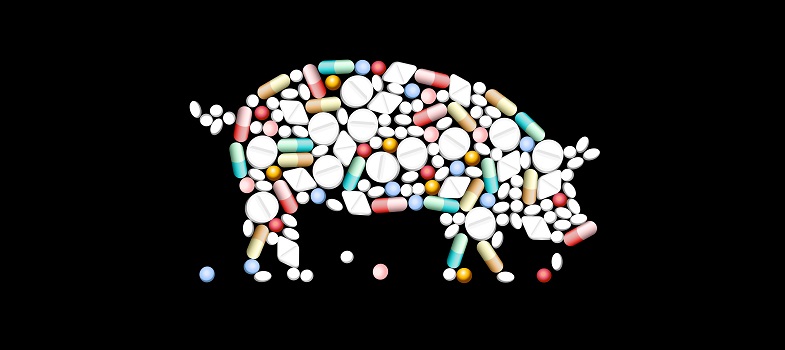Glossary
Special | A | B | C | D | E | F | G | H | I | J | K | L | M | N | O | P | Q | R | S | T | U | V | W | X | Y | Z | ALL
S |
|---|
sampling frameA list of sampling units in the target population that samples can be collected from. | |
screeningSimple tests across an apparently healthy population in order to identify individuals who have risk factors or early stages of disease, but do not yet have clinical signs. | |
sentinel surveillanceA form of active surveillance that is ‘the repeated collection of information from the same selected sites or groups of animals (e.g. veterinary practices, laboratories, herds or animals) to identify changes in the health status of a specified population over time. These sentinels should act as a proxy for the larger population of interest; they may be selected on the basis of risk but can also be selected randomly or on the basis of convenience or compliance’ (Hoinville, 2013). | |
stakeholdersProfessionals, people or organisations involved in a system such as a food animal production system. | |
surveillanceThe ongoing, systematic collection, analysis and interpretation of human and/or animal health-related data essential to planning, implementation and evaluation of public health practice. It includes dissemination of the information to those who need to know so that action can be taken. | |
surveillance component‘A single surveillance activity (defined by the source of data and the methods used for its collection) used to investigate the occurrence of one or more hazards in a specified population’ (Hoinville et al., 2013). | |
surveillance objectiveThe goal that, when met, will result in collecting and analysing data that achieves the purpose of the system. | |
surveillance purposeInformation to be obtained about occurrence of a health hazard (e.g. a resistant bacteria). | |
syndromic surveillanceHealth-related information (clinical signs or other data) that might precede (or may substitute for) formal diagnosis. This information may be used to indicate a sufficient probability of a change in the health of the population, either to deserve further investigation or to enable a timely assessment of the impact of health threats that may require action. | |
For further information, take a look at our frequently asked questions which may give you the support you need.
If you have any concerns about anything on this site please get in contact with us here.



